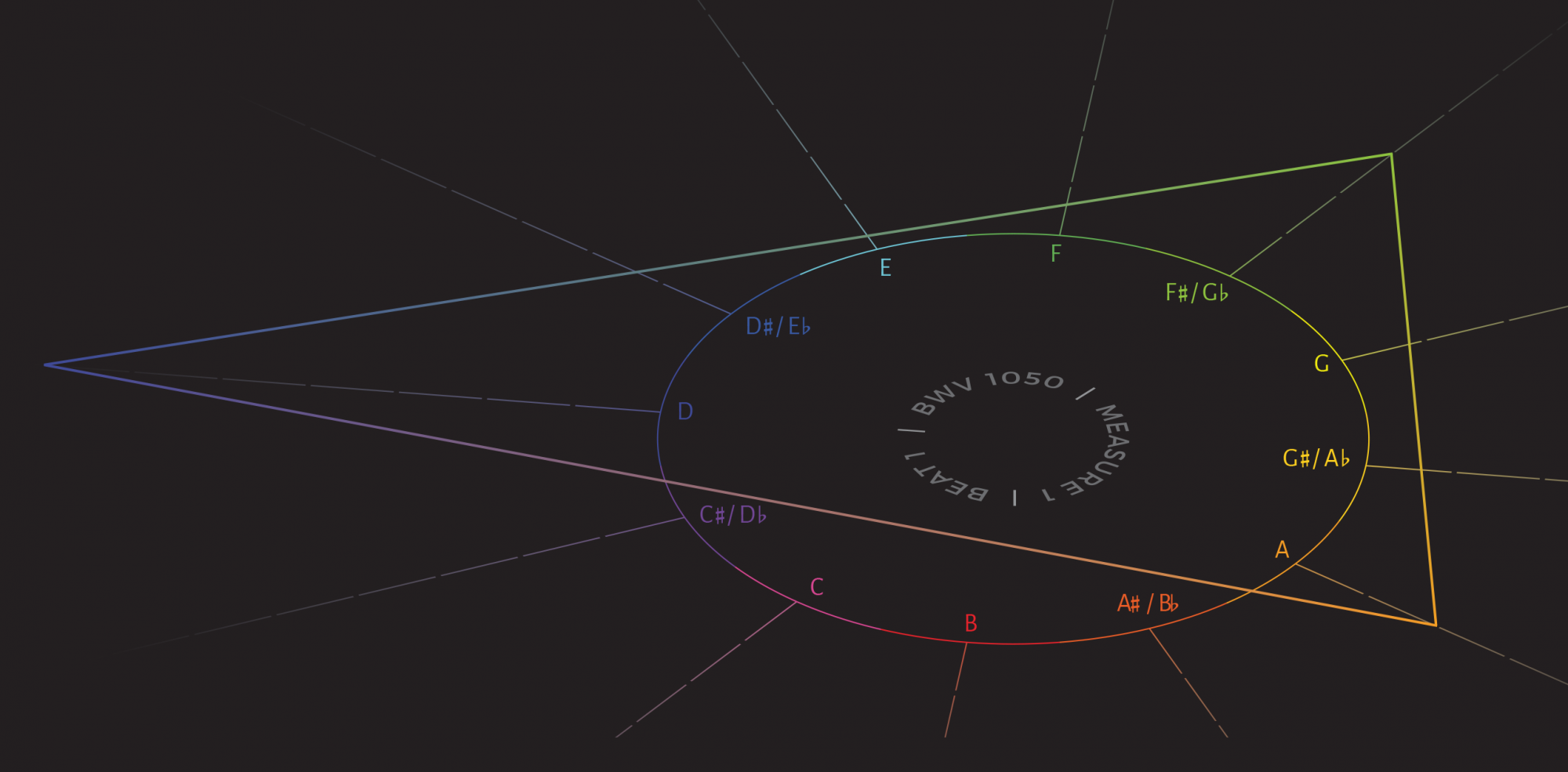The editors of Intégral are excited to present our latest volume! The five articles, one analytical vignette, one conference report, and one review comprising its contents showcase a plurality of approaches to listening and thinking about music. Stichting together a vast tapestry of genres and styles from Gioachino Rossini’s Il barbiere di Siviglia to the Billboard Hot 100, this volume’s theoretical and analytical strands encompass topic and schema theories, empirical and corpus studies, and prolongational and transformational analyses.
In his article, “A lazzarone Figaro? Musical Neapolitanisms in Giaochino Rossini’s Il barbiere di Siviglia,” Matthew L. C. Boyle presents an analytical diptych that provides nuance to working-class characterizations of Figaro. Building upon the tarantella topic and introducing the parlante topic, Boyle further complicates the beloved opera character’s social status through sonically encoded historical biases toward Southern Italians.
David S. Carter investigates teleology in bridge sections, specifically what he calls “rebuilds,” in “Building Bridges: Rebuilds in Popular Song, 1959–2024.” Analyzing 118 songs, he distinguishes between bridges that blend earlier material and those that introduce new content, emphasizing the rise of the “repeating-phrase rebuild” and observing a shift over time from the former to the latter.
In their article “Tempo Variability in Billboard Hot 100 Songs, 1966–1995: Patterns, Click Tracks, and Historical Change,” David S. Carter and Ralf von Appen present a novel methodology to study tempo variability in popular music. They demonstrate many uses of their method, which include determining the use of tempo-preserving technology for individual recordings and statistics-driven longitudinal studies of corpora.
Trevor C. Hofelich explores relationships between surface chromaticism and middleground structure in “Vignettes for Structural Hearing in the Music of Dmitri Shostakovich: Prolongational Approaches to Three Preludes.” Hofelich’s approach is methodologically pluralistic, as his analyses use linear analysis, Neo-Riemannian methods, and intertextuality to contextualize Shostakovich’s chromaticism.
In “Generalized Chord-Member Intervals and Transformations,” Alexander Shannon develops a theory of chord-member space that tracks how individual chord tones shift roles across progressions. Introducing a discrete mod-7 group structure and the concept of “heard chord members,” he demonstrates how changes in vertical placement can be perceived as linear gestures, offering new insight into diatonic and chromatic voice leading.
Julien Despois proposes a new Romantic cadential category, the Dream Cadence—here, the ninth of V9 ascends to tonic ($$\hat{6}$$–$$\hat{7}$$–$$\hat{1}$$) instead of descending. In his vignette, “The Dream Cadence: A Romantic Gesture of the Ascending Ninth,” Despois analyzes numerous examples, showcasing the wide range of variation that the Dream Cadence admits.
In a report on Women in Music: An Interdisciplinary Conference, March 2024, Charity Lofthouse and Sarah Marlowe, two of the conference’s co-organizers, compellingly weave together a thorough account of the many presentations and performances that comprised an enriching day of research on the many ways that women have been and continue to be integral to music composition, music performance, and music scholarship despite political, social, and cultural barriers.
We are also pleased to present one review of a recent book: Nathan Cobb’s review of Gérard Grisey and Spectral Music: Composition in the Information Age by Liam Cagney (2023).
As ever, we express our deep gratitude to Intégral’s staff, editorial board, and typesetters for their diligent service, to the many scholars who provided thorough and insightful reviews, and to you for your readership and support.
Jacob Eichhorn
Ryan Jones
Hanisha Kulothparan
Co-Editors

